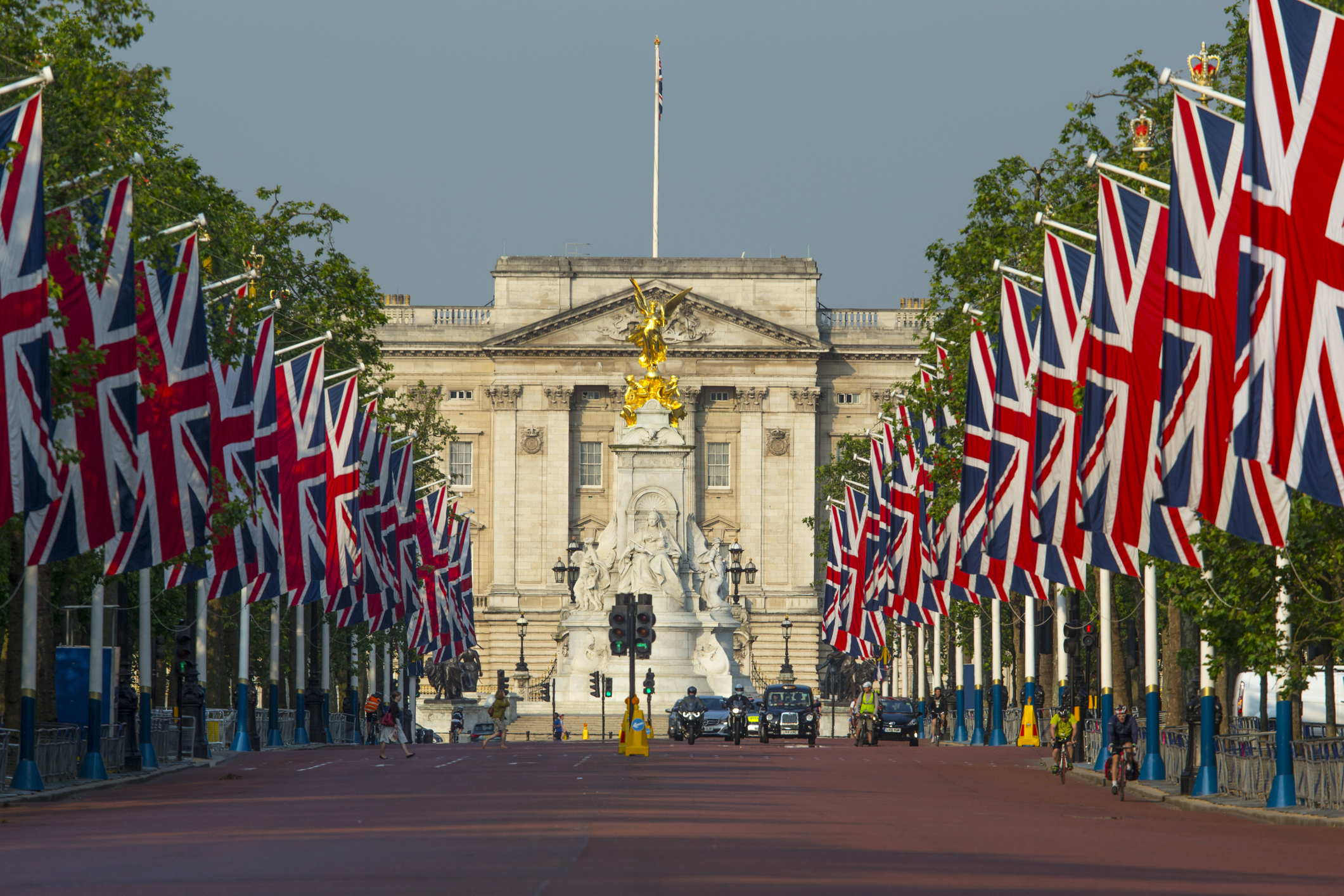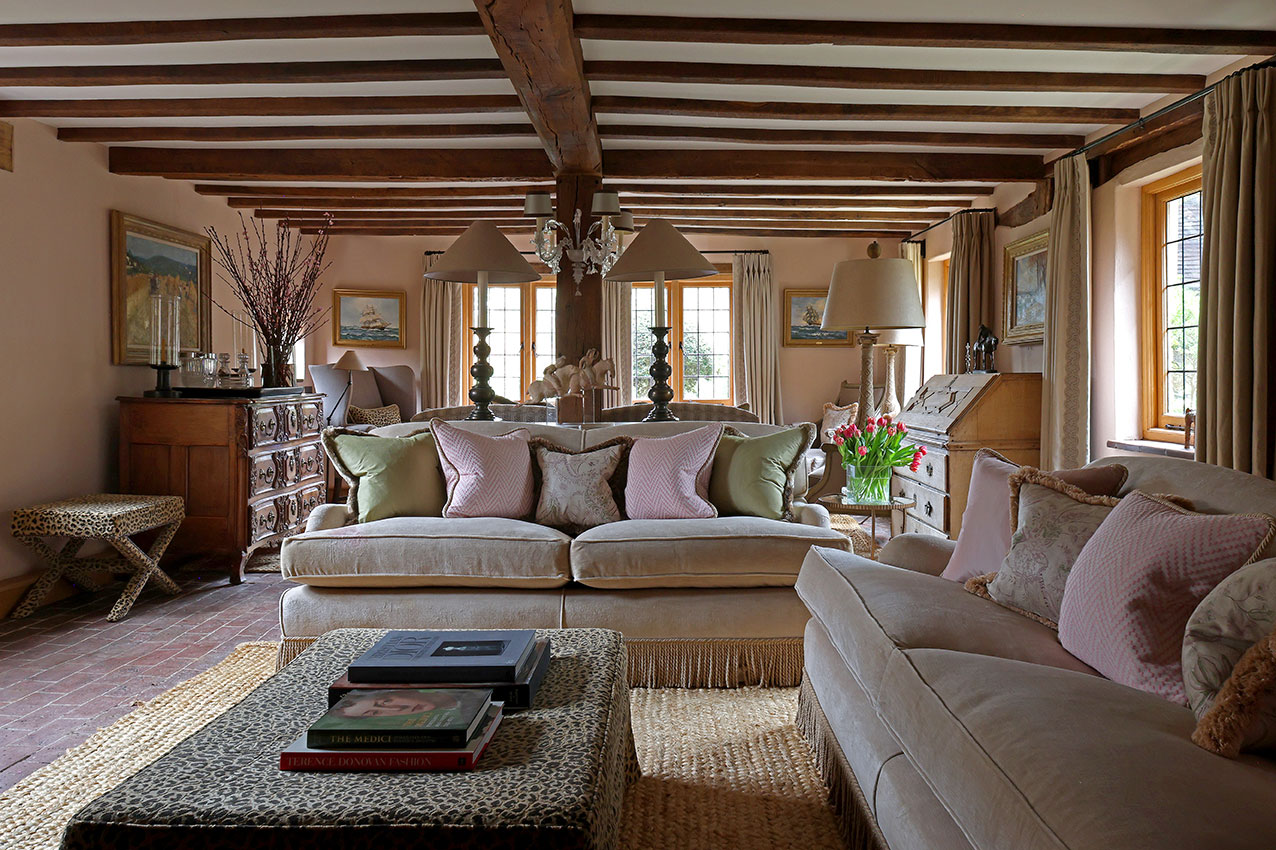Why the great British pub is better than ever
The numbers show that pubs across the country are shutting down — but those that are still thriving are doing so because they're better than ever, says Giles Kime.
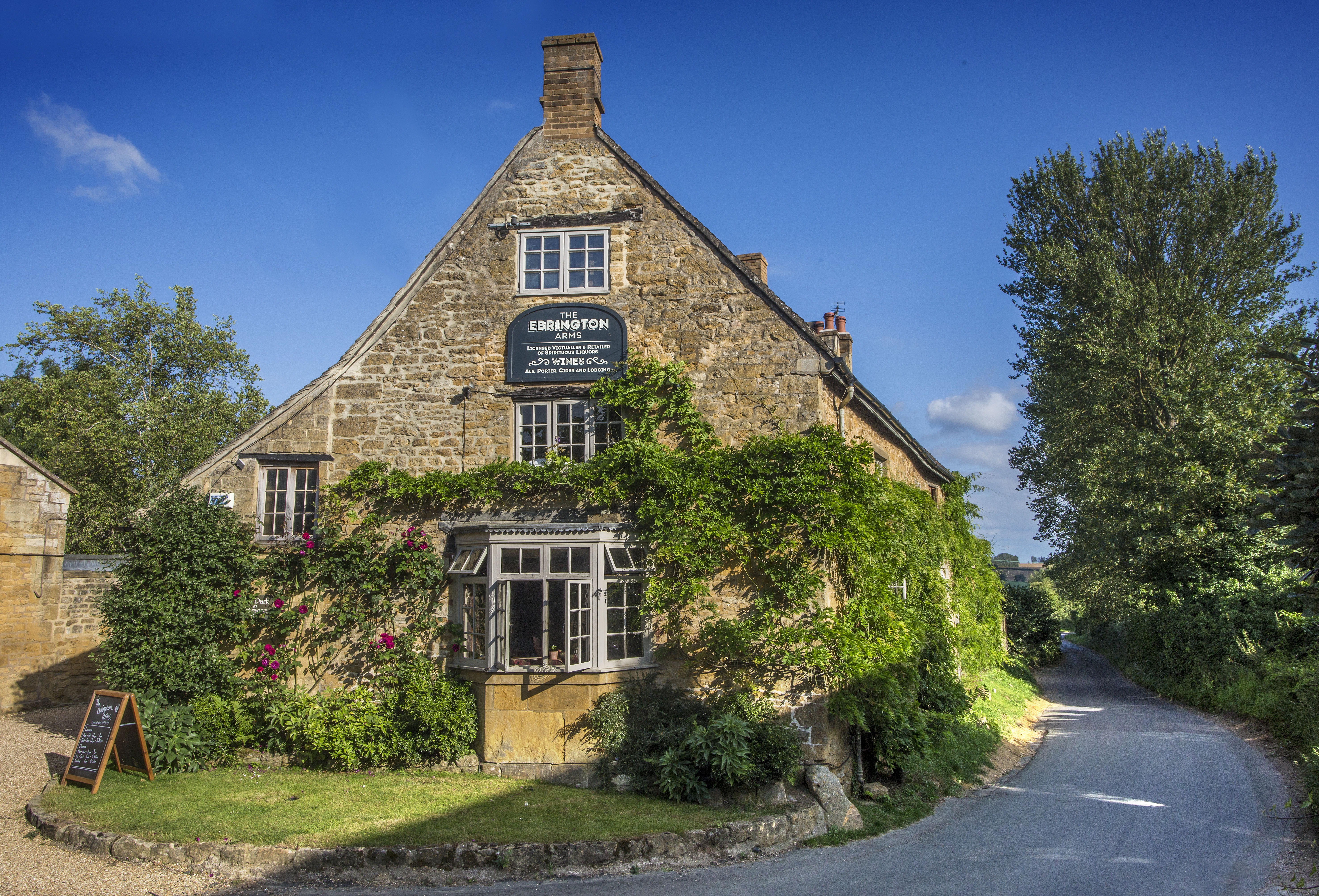

The pandemic highlighted aspects of life that we’d loved and temporarily lost, many of which we’d taken for granted — family get-togethers, country walks and trips to the cinema. For many of us, it also revealed the depth of our feelings for our local pub.
The number of pubs has declined dramatically in recent years; there are 7,000 fewer in this country than there were a decade ago and the total has decreased by a quarter since the 1980s. They have faced a confluence of challenges; the ban on smoking in public places in 2007, the rise of inexpensive supermarket beer, the cost-of-living crisis and spiralling energy prices have all piled on pressure.
Yet the pub’s problem was not only dwindling demand. The elephant in the room is that many of those that have been lost failed to appeal to a new generation. Although some traditional pubs continue to serve up a nostalgic reminder of a long-lost world, others have been poorly managed and maintained. For many, slim margins have proved a death knell.
"A new generation of entrepreneurs is breathing life into tired old establishments"
Dig deep into history and you’ll find a business model that has been in a constant state of evolution since Chaucer kicked off The Canterbury Tales at the Tabard in Southwark. Pilgrimages and the rise of the stagecoach were only some of the developments that boosted inns and taverns that became beacons of warmth, sustenance and shelter for weary travellers. Yet there were challenges, too, notably cheap imported spirits in the early 18th century and the temperance movement in the 19th.
In the 21st century, the pub continues to evolve; in the independent sector, quantity is being replaced by quality. A new generation of entrepreneurs is breathing life into tired old establishments with real ale, craft spirits, simple, but delicious dishes and good design (both inside and out), as well as professional service with a smile.
It’s in country villages that many of the success stories are popping up. With the space to grow, they are thriving where the formularised high-street restaurant chain is struggling. The best hostelries are those with a sufficiently deft touch to appeal both to locals and those coming from a wider geographical area. The micro-brewing revolution is also creating additional sources of new revenue.
Comparisons might be odious (but also fun) and it’s fair to say that a traveller armed with a copy of The Good Pub Guide will now eat better in Britain than one working his way along the quiet byways of rural France.
Sign up for the Country Life Newsletter
Exquisite houses, the beauty of Nature, and how to get the most from your life, straight to your inbox.
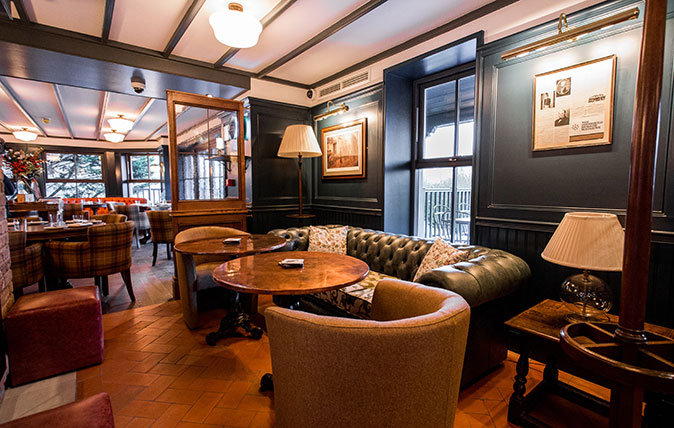
The Oxford Blue restaurant review: A pub that's aiming for perfection
The Oxford Blue in Windsor is aiming to nail the Michelin-starred pub formula.
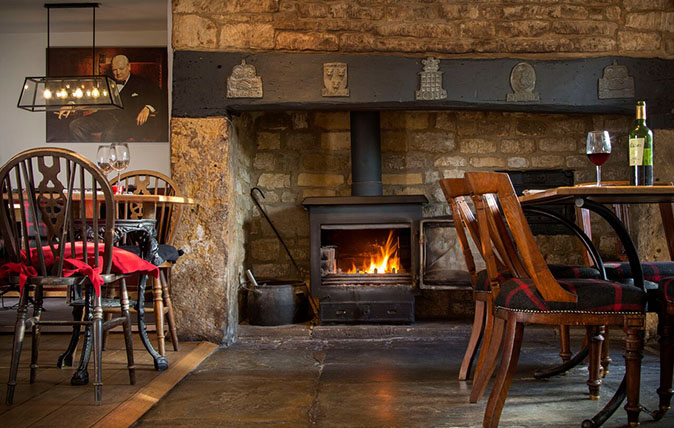
Credit: The Churchill Arms, Paxford
The Churchill Arms, Paxford review: A Cotswolds village pub with fine dining pedigree
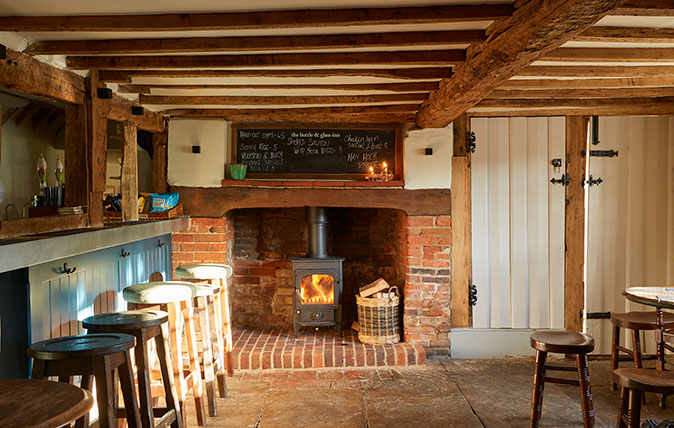
Credit: Bottle & Glass Inn, Binfield
The Bottle & Glass Inn review: A dog-friendly pub with a touch of fine dining
Emma Earnshaw appreciates the fine dining and friendly welcome at the Bottle & Glass Inn, Binfield Heath, near Henley on
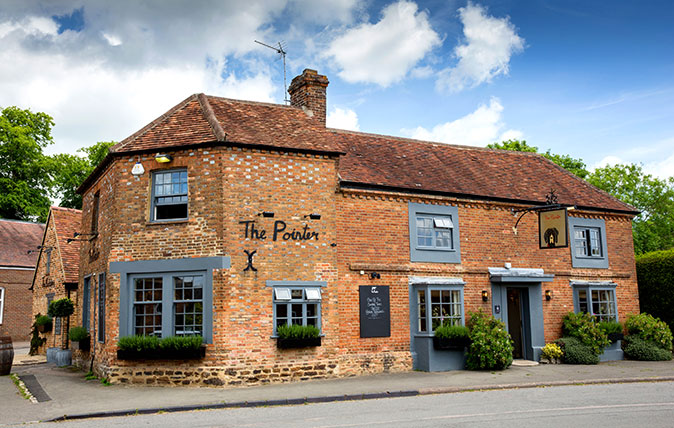
Credit: The Pointer, Brill
The Pointer, Brill: A hotel, pub and restaurant oozing character and class
The Pointer has won all sorts of awards in the last few months, but does it justify all the acclaim?
